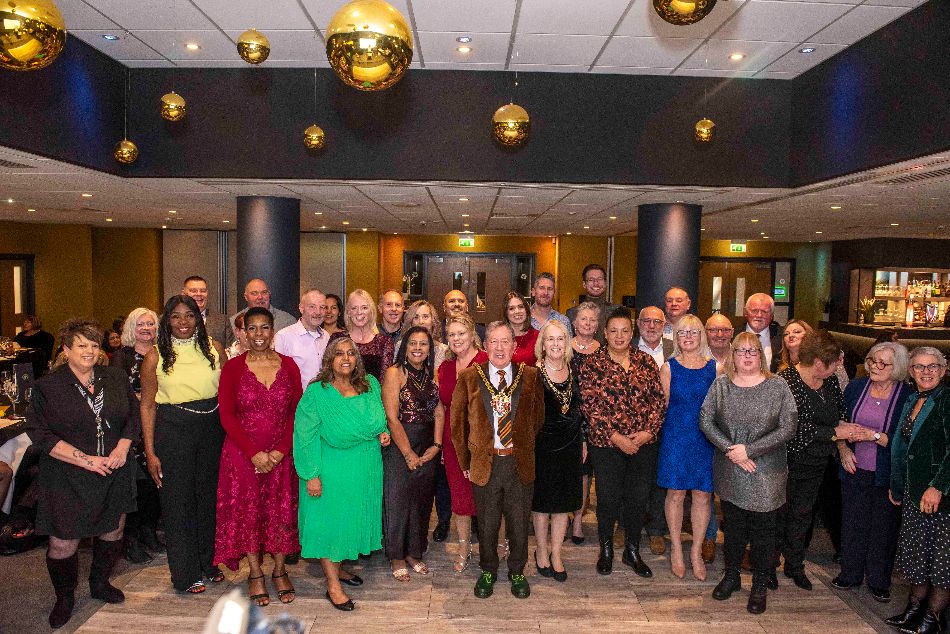Looks is a group exhibition that includes works by artists Juliette Bonneviot, Andrea Crespo, Morag Keil, Wu Tsang and Stewart Uoo. Through a wide range of media, from film installation and painting, to sculpture and photography, this exhibition explores the ways in which mass digital culture informs how identity is constructed, performed and challenged. Using methods that are playful and responsive to new technologies, many artists today engage with notions of a post-human world, particularly in relation to gender and sexuality.
Today the body and the expression of its identity are no longer automatically linked, and the physical body itself is noticeably absent. Objects, words and digital images are now the main tools of representation as the lines between identity and brand become increasingly blurred within late capitalist society. Adopting the position of the 'prosumer', at once a spectator and an individual creator of culture, it is the online self that is required to be ever present, ever responsive, ever communicated and ever performed.
Juliette Bonneviot
For this new body of work called Xenoestrogens, Bonneviot creates a series of monochrome paintings made from materials containing molecules or chemical compounds that act like xenohormones. Found in the natural environment but also produced artificially by petrochemical and agricultural industries, xenoestrogens are believed to disrupt the endocrine systems of mammals by mimicking the effects of oestrogens, potentially influencing gender and behaviour. The xenohormones selected in the works all come from materials present in everyday domestic life such as silicone, soft PVC, linen fabric, contraceptive pills, food colouring, lacquer, recycled plastic etc. These are then are sorted by colour and presented as monochrome paintings.
Andrea Crespo
'Andrea Crespo's Parabiosis—Neurolibidinal Induction Complex belongs to the pseudo-medicalised assemblage of self-articulation enabled by information technology. Sis, the system which aggregates Andrea's multiplicity, participates within long-tail neurodivergent community online, contributing to networked mobilizations of identity which collectively motivate imaginative futurities that redefine the human and its supposed subjective unity.'
Morag Keil
Referring to the body and its relationship to the social structure of our day-to-day lives, Keil regularly investigates how our perception of identity is constructed and interpreted. In doing so, she questions how these constructions relate to a late-Capitalist social and political context. Her practice is characterised by the use of multiple disciplines; working between performance, installation, sculpture, painting and video. Making use of objects or images which resonate on a subconscious level, Keil creates a direct dialogue between the viewer and the work that plays, in-part, with preconceived interpretations and misconceptions. Utilising this uneasy familiarity sets the work at odds with a more recognisable status quo, while often appearing to deceptively flirt with it.
Wu Tsang
For this exhibition, Tsang presents A day in the life of bliss, an immersive film that explores the darker implications of our current-day surveillance society through performance art. The story follows BLIS (played by American performance artist boychild), a young performer who lives in a world where an artificial intelligence called the LOOKS and control humans through a panoptical social media platform known as PRSM ("prism"). The Looks evolved from present-day algorithm-based metadata systems; they track all exchanges between people and consequently control public space. Society has grown dependent on the Looks, but there is a growing resistance. Blis is a pop star by day and underground performer by night. As the Looks cultivate a celebrity-obsessed culture to feed their frequencies, stardom begins to corrupt Blis, overtaking her capacity to absorb it all. Blis is one of a minority of humans born with two hearts, who has the innate capacity to undermine the Looks regime — but she must first accept herself in order to realize her potential.
Stewart Uoo
Presented at the ICA are new and recent photographs, figurative sculptural works and a new carpet work, all of which revisit (and remix) elements from his exhibitions Life Is Juicy at 47 Canal (2012) and No Tears in Rain at Galerie Buchholz (2014). Like his previous work, Uoo's new pieces examine how shifting human identities and environments mutate and interact under the pervasive influence of social media, science fiction, fashion advertising and gender politics. The photographs—developed in collaboration with the artist Heji Shin—feature DeSe Escobar, an influential member of New York's club, social media, art, and fashion scene, depicting her within a futuristic world that distorts and questions categories of gender, identity, class, and subjectivity. Positioned alongside these photographs, Uoo has included his darkly fetishistic mannequins, which reflect on contemporary stylisations of the self in relation to fashion trends. In his carpets, Uoo sources confessions from Cosmopolitan—an American lifestyle magazine marketed to women—to explore the narrative of the disclosure, a form that he previously explored in his film work.
















